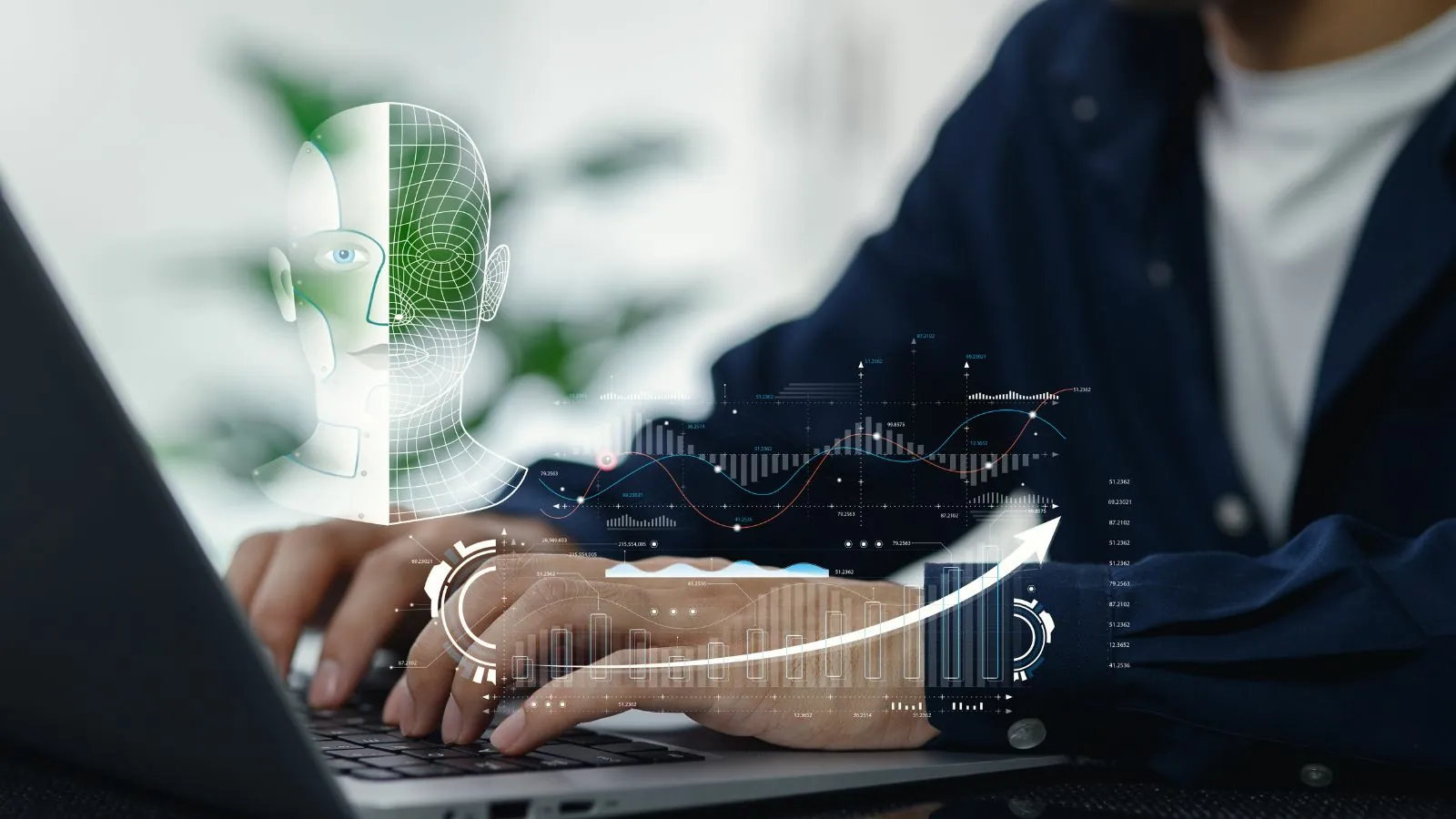Table of Contents
TogglePersonal development isn’t just about reading self-help books or journaling once in a while. It’s about building sustainable habits, mastering your mindset, and showing up better in every area of your life — career, relationships, creativity, and beyond.
Fortunately, the digital world is packed with smart, low-cost tools that support that journey. Whether you’re setting goals, learning new skills, or crafting your personal brand, the right tools can turn progress into a daily practice.
Below are six of the best personal development tools (plus a helpful FAQ) to help you grow — consistently, creatively, and confidently.
1. Track Habits That Matter with Habitica
If you love gamification, Habitica turns your personal growth into a role-playing game. You create daily habits and goals, and as you complete them, your avatar levels up and earns gear — just like in a video game.
What sets Habitica apart is the sense of play and community. You can join guilds, take on challenges, and even team up with friends to hold each other accountable.
2. Build a Smarter Mind with Blinkist
Pressed for time but eager to learn? Blinkist (blinkist.com) condenses bestselling nonfiction books into 15-minute audio or text summaries — perfect for mindset work, leadership skills, or productivity tips.
Great for your morning routine, lunch break, or while walking the dog, Blinkist offers bite-sized insights without overwhelming your schedule.
3. Map Out Life Goals with Miro
Planning isn’t just for businesses — it’s key for personal growth too. Miro is a collaborative online whiteboard that’s perfect for creating vision boards, goal roadmaps, or life dashboards.
Drag and drop sticky notes, add links to videos or quotes, and track long-term goals visually. Miro supports solo reflection or sharing with a coach or accountability partner.
4. Upgrade Your Inner Dialogue with I Am App
Positive self-talk isn’t fluff — it’s foundational. The I Am app (thinkaffirmations.app) delivers daily affirmations to your phone, helping to rewire limiting beliefs and promote clarity and calm.
You can customize affirmations by theme (e.g., success, healing, focus), schedule delivery times, and even set lock-screen reminders.
It’s a simple but effective way to counter negative self-talk with a few seconds of positivity throughout your day.
5. Learn from the Best with MasterClass
Sometimes growth requires exposure to experts. MasterClass brings you video lessons from world-class performers, entrepreneurs, and creatives — from Serena Williams to Brené Brown.
For a flat yearly fee, you get unlimited access to every course. You can study negotiation, creativity, leadership, writing, and more — all from the best in the world.
6. Create a Personal Brand Kit with Notion
Your personal growth journey isn’t just internal — it also affects how you show up in the world. Notion is an all-in-one workspace that lets you track habits, log reflections, and even design your personal brand system.
Use it to store your bio, favorite quotes, speaking topics, networking goals, or testimonials from colleagues. Think of it as a personal growth command center.
Add weekly prompts like “What did I learn this week?” or “How did I stretch outside my comfort zone?” to keep momentum going.
FAQ: Business Card Design for Personal Branding
Even in today’s digital-first world, having a well-designed business card is a subtle yet powerful piece of your personal brand — especially when attending workshops, networking events, or masterminds. Here’s a set of questions many people on a personal development journey ask about business card design:
Q1: Should I have a business card if I’m not a business owner?
Absolutely. If you’re developing your personal brand, working as a freelancer, side-hustling, or attending networking events, a business card shows intention. It signals that you’re taking yourself seriously — and others should too. Include your name, key skills or tagline, and a way to connect (LinkedIn, email, or website).
Q2: What tools can I use to easily create one?
If you’re not a graphic designer, online platforms like Adobe Express offer beginner-friendly templates. You can try this business card template to print for easy customization. Just choose a style that matches your personality and purpose, then tweak it with your own info and download the file.
Q3: How can I make my business card stand out visually?
Stick with clean design, bold fonts, and a touch of color that represents your energy or niche. If you’re in a creative field, try an unconventional shape or textured paper. For professional development circles, clarity and polish matter more than flashiness.
Q4: Should I use a personal photo or logo on my card?
Use a headshot only if it’s professionally taken and fits your industry (e.g., coaching or real estate). Otherwise, a personal logo or clean typography of your name is better. If you’re early in your journey, skip the logo until your brand identity is clearer.
Q5: What contact info should I include?
Always include one or two main contact points — such as email and LinkedIn. If you have a personal website or portfolio, include that as well. Keep it simple, and make sure all links are easy to type or scan with a QR code.
Personal development doesn’t need to be complicated or expensive. With the right tools, you can build powerful habits, learn from the best, and step into your next level with confidence.
Whether you’re just starting or leveling up, digital tools like these can make your growth journey more structured — and more exciting.
You’ve already started the most important project of your life: you.




